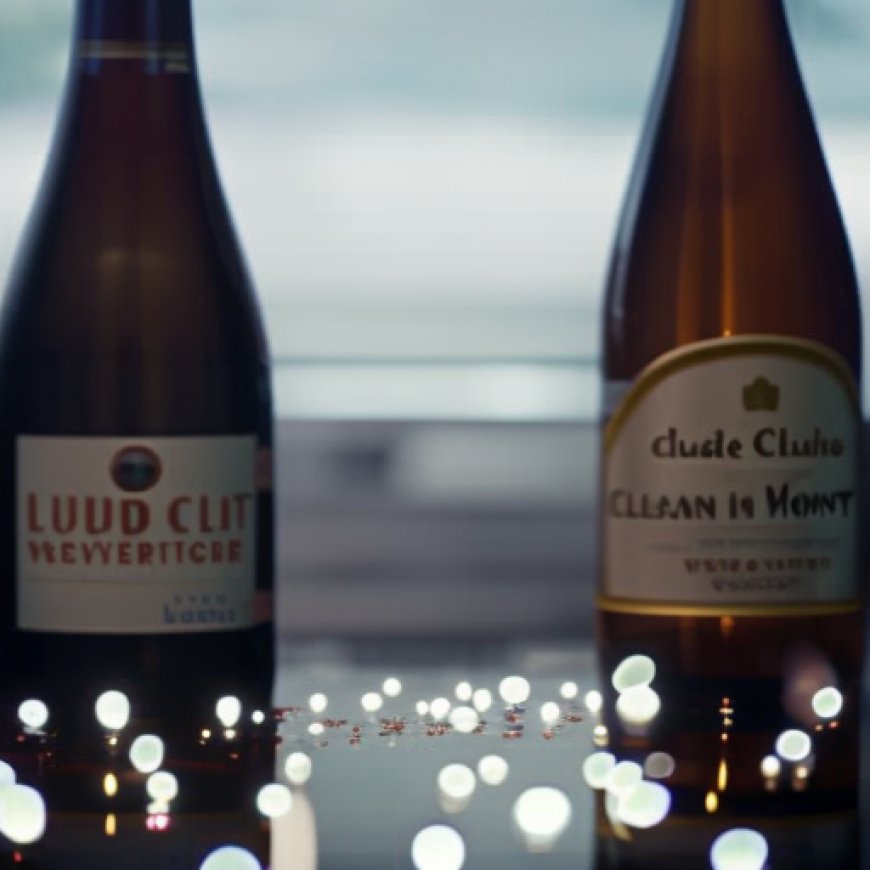Tapping In To Clean Drinking Water Everywhere
Tapping In To Clean Drinking Water Everywhere Sierra Club


WeTap and the Sierra Club: Water Partners for Sustainable Development
The collaboration between WeTap and the Sierra Club is crucial for promoting healthy communities and a clean environment. By working together, they aim to achieve the Sustainable Development Goals (SDGs) set by the United Nations.
Mission of WeTap
- Bring greater awareness to the high-quality, publicly provided drinking water available throughout California.
- Improve public access to drinking water through drinking fountains or the newer hydration stations.
- Educate about the environmental and extreme health hazards posed by plastic water bottles.
- Meet public health, economic, and environmental justice challenges through improved access and use of public drinking water.
California is a world-class leader in drinking water safety regulations and enforcement, with over 90% of residents receiving safe drinking water from public utilities. However, there is a need to build trust in publicly provided drinking water among Californians.
Bottled water has become a serious equity issue, leading to long-term health, environmental, and economic problems across all segments of society. Microplastics and now nanoplastics have been detected in high quantities in bottled water. Additionally, a significant portion of bottled water comes from municipal tap water systems. While some of it goes through additional filtering, some does not. The safety of bottled water in California is regulated by the Department of Public Health, which considers it a packaged food. The Food and Drug Administration (FDA) sets standards for the safety of bottled water based on EPA standards for tap water.
Illnesses from bottled water do occur, although they are seldom reported. It is important for consumers to pay attention to the label and understand where their water comes from and how it was treated. Misinformation about the purity and integrity of public drinking water disproportionately affects those who cannot afford the unnecessary cost of single-use bottled water.
Tap Water Day, established in California on May 4, 2023, aims to address these miscommunications. The campaign focuses on improving public access to drinking water by promoting the placement of community drinking fountains and filling stations in schools, parks, and other public spaces. Many cities, including Los Angeles, have made efforts to expand access by installing new outdoor fountains and assessing existing ones for repair or replacement.
The WeTap Drinking Fountain Finder App plays a crucial role in bringing awareness to public fountains, the safety of tap water, and the issues with single-use plastic bottles. The app provides information about the locations of clean drinking water, making it more accessible to communities. By promoting the use of hydration stations and reusable water canteens, the app helps reduce dependence on single-use plastic waste.
Download the WeTap App to your mobile device today and join the movement towards sustainable water consumption.
The City of Los Angeles, proud host of the 2028 Olympics, supports WeTap’s project, 2028 for 2028. This project aims to improve access to public drinking fountains in Los Angeles by identifying over 2000 sites using scientific analysis and mapping. Suggestions for improvement can be sent to info@wetap.org with the reference “2028for2028”.
Evelyn Wendell, a member of the Angeles Chapter Water Committee and the Founding Director of WeTap, is dedicated to promoting a healthy and environmentally sound future through awareness of public fountains, tap water safety, and the issues with single-use plastic bottles.
SDGs, Targets, and Indicators
1. Which SDGs are addressed or connected to the issues highlighted in the article?
- SDG 6: Clean Water and Sanitation
- SDG 12: Responsible Consumption and Production
- SDG 14: Life Below Water
2. What specific targets under those SDGs can be identified based on the article’s content?
- SDG 6.1: By 2030, achieve universal and equitable access to safe and affordable drinking water for all.
- SDG 6.3: By 2030, improve water quality by reducing pollution, eliminating dumping and minimizing release of hazardous chemicals and materials, halving the proportion of untreated wastewater, and increasing recycling and safe reuse globally.
- SDG 12.4: By 2020, achieve the environmentally sound management of chemicals and all wastes throughout their life cycle, in accordance with agreed international frameworks, and significantly reduce their release to air, water, and soil to minimize their adverse impacts on human health and the environment.
- SDG 14.1: By 2025, prevent and significantly reduce marine pollution of all kinds, in particular from land-based activities, including marine debris and nutrient pollution.
3. Are there any indicators mentioned or implied in the article that can be used to measure progress towards the identified targets?
- Indicator for SDG 6.1: Proportion of population using safely managed drinking water services.
- Indicator for SDG 6.3: Proportion of wastewater safely treated.
- Indicator for SDG 12.4: Amount of hazardous waste generated and treated.
- Indicator for SDG 14.1: Marine litter density on beaches.
SDGs, Targets, and Indicators
| SDGs | Targets | Indicators |
|---|---|---|
| SDG 6: Clean Water and Sanitation | 6.1: By 2030, achieve universal and equitable access to safe and affordable drinking water for all. | Proportion of population using safely managed drinking water services. |
| 6.3: By 2030, improve water quality by reducing pollution, eliminating dumping and minimizing release of hazardous chemicals and materials, halving the proportion of untreated wastewater, and increasing recycling and safe reuse globally. | Proportion of wastewater safely treated. | |
| SDG 12: Responsible Consumption and Production | 12.4: By 2020, achieve the environmentally sound management of chemicals and all wastes throughout their life cycle, in accordance with agreed international frameworks, and significantly reduce their release to air, water, and soil to minimize their adverse impacts on human health and the environment. | Amount of hazardous waste generated and treated. |
| SDG 14: Life Below Water | 14.1: By 2025, prevent and significantly reduce marine pollution of all kinds, in particular from land-based activities, including marine debris and nutrient pollution. | Marine litter density on beaches. |
Behold! This splendid article springs forth from the wellspring of knowledge, shaped by a wondrous proprietary AI technology that delved into a vast ocean of data, illuminating the path towards the Sustainable Development Goals. Remember that all rights are reserved by SDG Investors LLC, empowering us to champion progress together.
Source: angeles.sierraclub.org

Join us, as fellow seekers of change, on a transformative journey at https://sdgtalks.ai/welcome, where you can become a member and actively contribute to shaping a brighter future.







